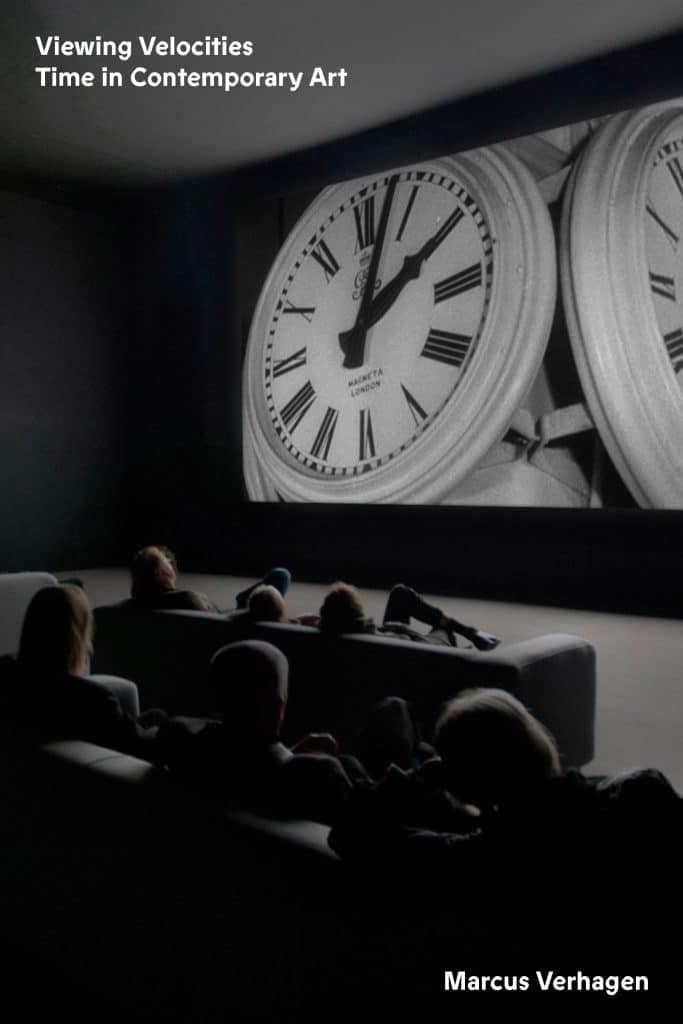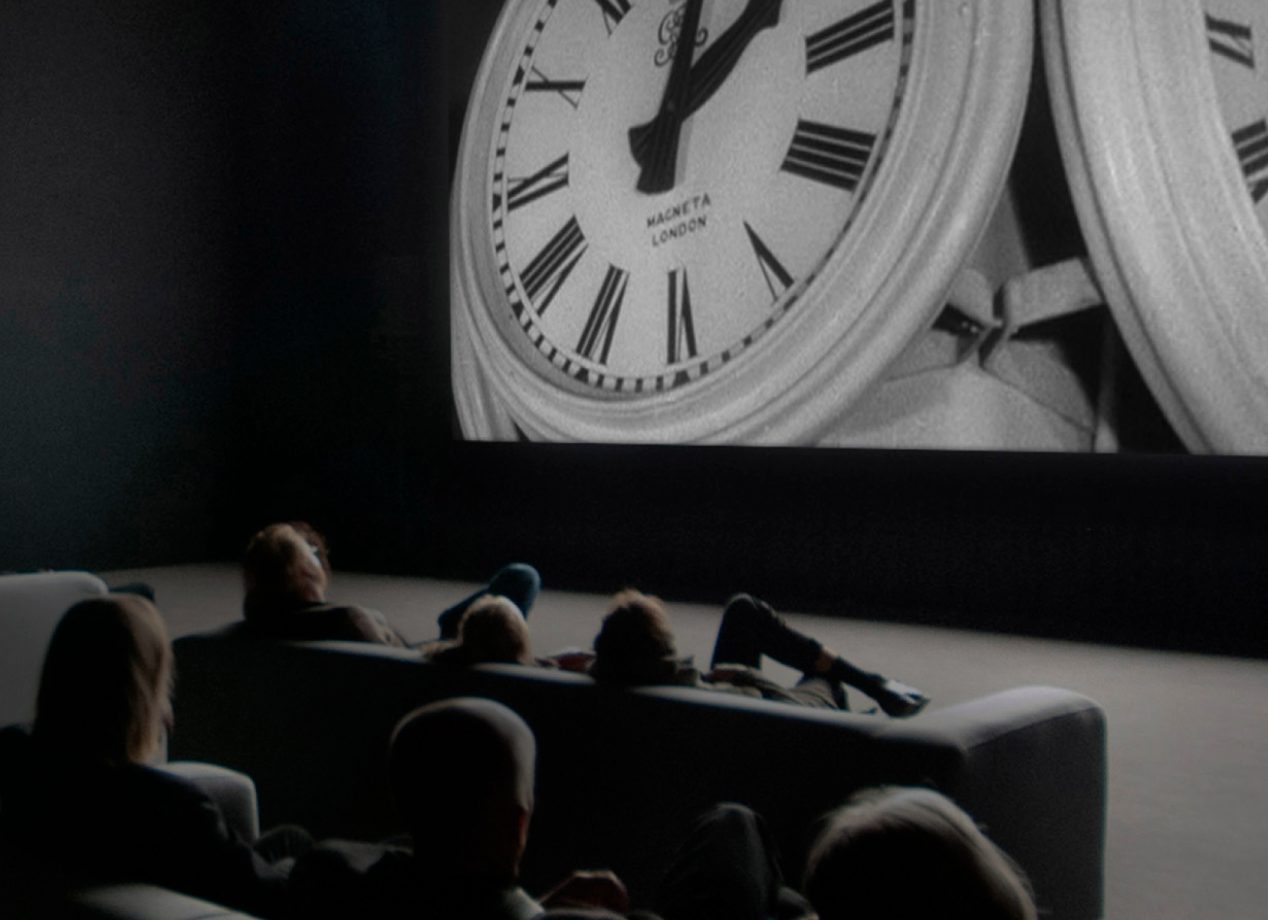Marcus Verhagen, graduate faculty at Sotheby's Institute of Art-London shares an excerpt from his new book Viewing Velocities: Time in Contemporary Art. The book explores a contemporary art scene caught in the gears of 24/7 capitalism. It looks at artists who embrace the high-octane experience economy and others who are closer to the slow movement.
Here are the opening paragraphs of the concluding chapter, which focuses on Ruth Ewan's iconic artwork Back to the Fields, using it to revisit a theme that runs through the whole book: the contest, in art as in society, between the rational time of schedules and deadlines and the variable pulse of everyday experience.
In 1998 the budget watchmaker Swatch launched its “Internet Time” as part of a push to sell a new line of wristwatches. This time, displayed on the watches alongside standard time, was premised on a day of 1000 “.beats,” with 10 hours of 100 .beats. Thus, one 60-minute hour was equivalent to 41.6 .beats. The system was conceived as a metric alternative to the 24-hour day and did away with time zones—the time in .beats was the same around the world. This last feature was presumably what appealed to the makers of the game “Phantasy Star Online,” who used Swatch Internet Time so that players in different parts of the world could easily synchronise their online encounters. But the temporal system was not widely taken up and Swatch’s efforts to promote it with the launch of a small Sputnik satellite, renamed “Beatnik,” backfired. The satellite, which was to send out messages on a ham radio frequency, met with resistance from radio enthusiasts angered at the use of ham frequencies for commercial ends, which is prohibited by international treaty. The project, a marketing gimmick pitched as a rational means of organising time for a globalising world, was quickly forgotten.
What is most astonishing about this venture is that it revived a scheme devised and implemented during the revolutionary period in France. Temporal decimalisation was part of a package of measures intended to rationalise time and to rid it of the trappings of the ancien régime. A hundred minutes, each lasting a hundred seconds, made up an hour, with ten hours in a day. Clocks were made to indicate decimal time, with the midnight hour of 10:00 at the top and noon or 5:00 at the bottom. For a couple of years this temporal system was used in official settings. The republican calendar, introduced in 1793, lasted longer. Beginning at the autumn equinox, it divided the year into 12 months of 30 days, with 3 weeks—or décades—of 10 days in a month. The last day of each décade was set aside for rest and secular celebrations. The writer Fabre d’Églantine, a member of the commission charged with creating the calendar, named each month after weather conditions or agrarian activities associated with the time of year: the first, running from mid-September to mid-October, was called vendémiaire after the vendanges or grape harvest, the second, brumaire after brume or fog, and so on. Similarly, each day was given a designation relating to rural life and the natural world, such as salsify (8 brumaire), rabbit (9 nivôse), snowdrop (4 pluviôse) and scythe (10 prairial). Most were named after plants, some after animals, a few after metals and other minerals and the décadis, or weekly rest days, after agricultural implements. Out went the saints’ days and in came a new, emphatically secular imagery rooted in natural cycles and farm work. The calendar was in use in France and its colonies until Napoleon abolished it at the start of 1806.
Swatch Internet Time and the republican decimalisation of time in revolutionary France both aimed to rationalise time, to purge it of historical accruals. Both imagined a time that was measurable, following a streamlined mathematical logic. But the watch company’s gambit tied the flow of time to the conquest of distance in the circuits of global exchange, whereas the republican calendar, having erased the temporal markers of the ancien régime and Catholic Church, reinfused time with meaning. If Internet Time was conceived as an attempt to catch up with the times, with a late 20th-century modernity of ever-faster travel and instant communications, French revolutionary time was part of a wider effort to lay the foundations of a new world. Its abstraction was not a sign of the evacuation of lived experience but of that newness.
Something of that extraordinary ambition was conveyed by Ruth Ewan in her work Back to the Fields, first displayed at the Camden Arts Centre in London (2015), then in different iterations at the 32nd Sāo Paulo Biennial (2016) and CAPC Bordeaux (2019). A large-scale installation, it recreated the French republican calendar in expressly literal terms, by collecting and arranging the various plants, animals and tools linked in it to the days of the year, from the grapes of vendémiaire 1st to the basket of fructidor 30th. The animals were mostly present in the form of bones and horns, with a few entire skeletons. The plants for the most part were living, the installation featuring pot plants and small-ish trees alongside fruit, vegetables and cut flowers that were periodically replaced. Other plants were represented by grain, rye for instance, while some of the mushrooms were dried and presented in jars. Among the objects in the section dedicated to the month of nivôse (derived from the Latin nivosus, meaning snowy) were blocks of peat and coal, a threshing tool (flail) and a winnowing fan that the artist sourced with difficulty for the London show, eventually borrowing it from a historian of agriculture.

